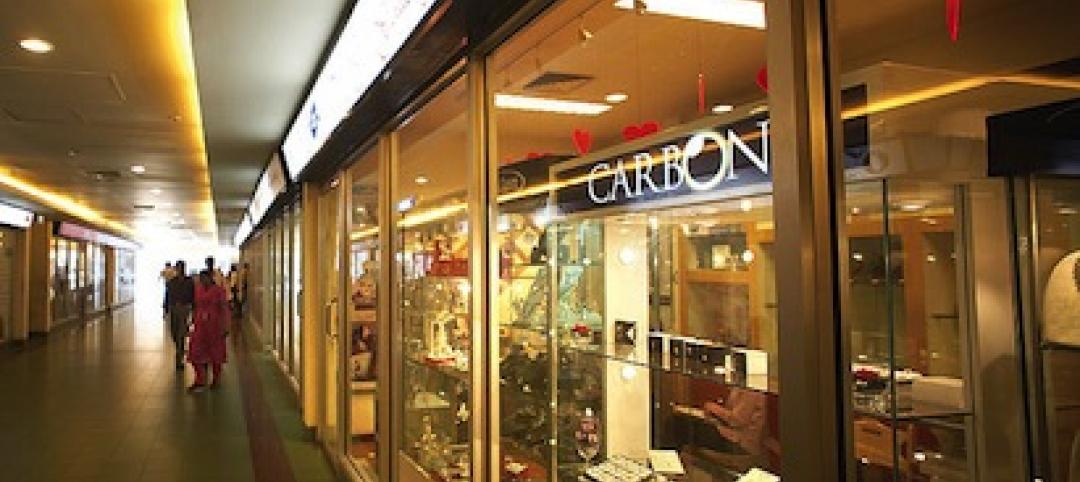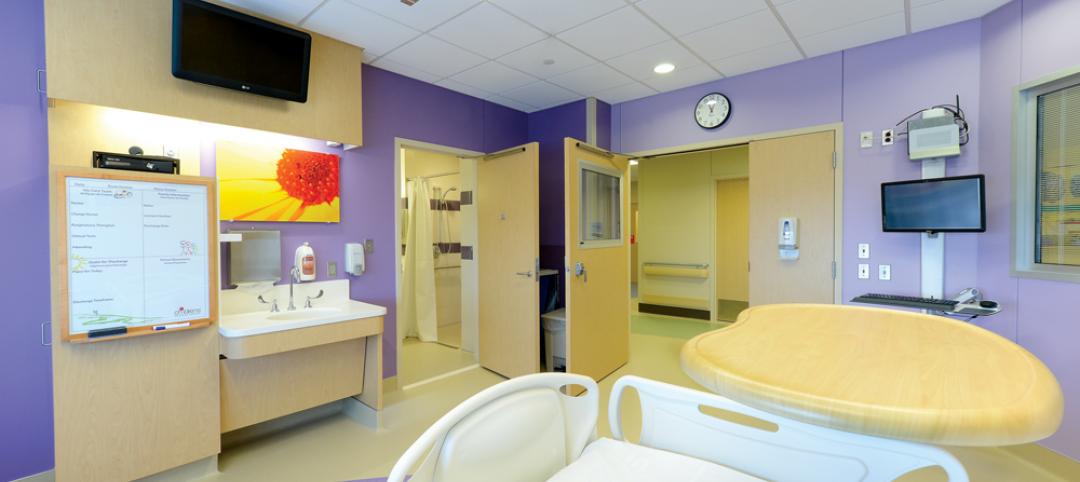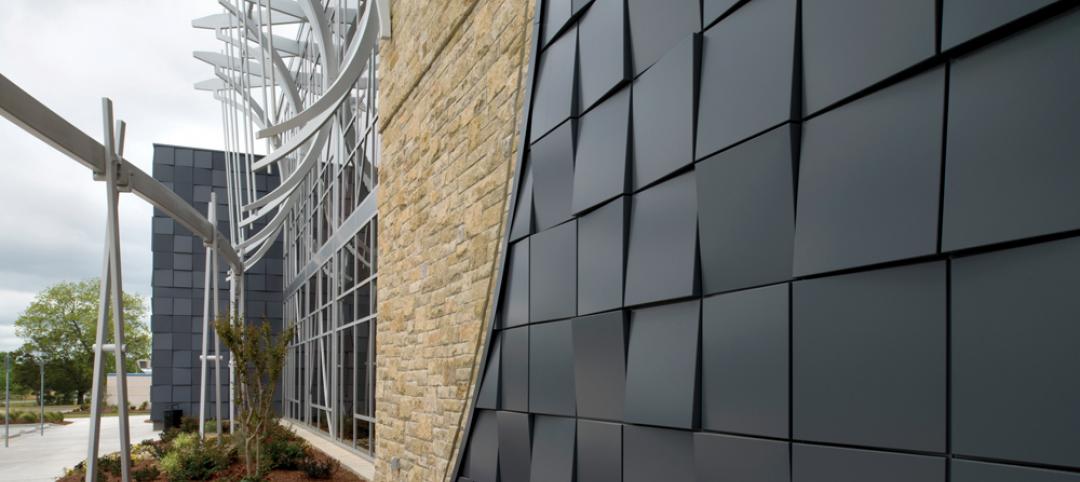A new California law provides an incentive for commercial property owners to install barriers to protect outdoor diners.
The law enables insurance companies to offer discounts on commercial property policyholders’ premiums if they install safety barriers. The legislation came after outdoor dining and similar streetside venues became commonplace during the Covid pandemic.
As outdoor dining increased, so did deaths and injuries from vehicles crashing into diners and pedestrians, according to the Storefront Safety Council. “These tragedies happen all around the U.S. when property owners fail to protect outdoor diners and others from errant drivers,” says storefront safety expert Rob Reiter, who co-founded the Storefront Safety Council. “It just takes one crash to end a life—and put a restaurant or small retailer out of business.”
According to the Council:
- Storefront crashes occur more than 100 times per day in the U.S.
- Nearly half (46%) of all storefront crashes result in injury, and 8% result in a fatality.
- Each year in the U.S., as many as 16,000 people are injured and as many as 2,600 are killed in vehicle-into-building crashes.
These figures are based on more than 10 years of data collection by the Council. Its national database of compiled storefront crashes numbers over 24,000 incidents, with additional confirming data on more than 15,000 other vehicle-into-building and related incidents.
Related Stories
| Dec 3, 2013
Architects urge government to reform design-build contracting process
Current federal contracting laws are discouraging talented architects from competing for federal contracts, depriving government and, by inference, taxpayers of the best design expertise available, according to AIA testimony presented today on Capitol Hill.
| Dec 3, 2013
Construction spending hits four-year peak after rare spike in public outlays
An unusual surge in public construction in October pushed total construction spending to its highest level since May 2009 despite a dip in both private residential and nonresidential activity.
| Nov 27, 2013
BIG's 'oil and vinegar' design wins competition for the Museum of the Human Body [slideshow]
The winning submission by Bjarke Ingels Group (BIG) and A+ Architecture mixes urban pavement and parkland in a flowing, organic plan, like oil and vinegar, explains Bjarke Ingels.
| Nov 27, 2013
Retail renaissance: What's next?
The retail construction category, long in the doldrums, is roaring back to life. Send us your comments and projects as we prepare coverage for this exciting sector.
| Nov 27, 2013
Pediatric hospitals improve care with flexible, age-sensitive design
Pediatric hospitals face many of the same concerns as their adult counterparts. Inpatient bed demand is declining, outpatient visits are soaring, and there is a higher level of focus on prevention and reduced readmissions.
| Nov 27, 2013
Exclusive survey: Revenues increased at nearly half of AEC firms in 2013
Forty-six percent of the respondents to an exclusive BD+C survey of AEC professionals reported that revenues had increased this year compared to 2012, with another 24.2% saying cash flow had stayed the same.
| Nov 27, 2013
Wonder walls: 13 choices for the building envelope
BD+C editors present a roundup of the latest technologies and applications in exterior wall systems, from a tapered metal wall installation in Oklahoma to a textured precast concrete solution in North Carolina.
| Nov 27, 2013
University reconstruction projects: The 5 keys to success
This AIA CES Discovery course discusses the environmental, economic, and market pressures affecting facility planning for universities and colleges, and outlines current approaches to renovations for critical academic spaces.
| Nov 26, 2013
7 ways to make your firm more successful
Like all professional services businesses, AEC firms are challenged to effectively manage people. And even though people can be rather unpredictable, a firm’s success doesn’t have to be. Here are seven ways to make your firm more successful in the face of market variability and uncertainty.
| Nov 26, 2013
Design-build downsized: Applying the design-build method in an era of smaller projects
Any project can benefit from the collaborative spirit and cooperative relationships embodied by design-build. But is there a point of diminishing return where the design-build project delivery model just doesn't make sense for small projects? Design-build expert Lisa Cooley debates the issue.
















